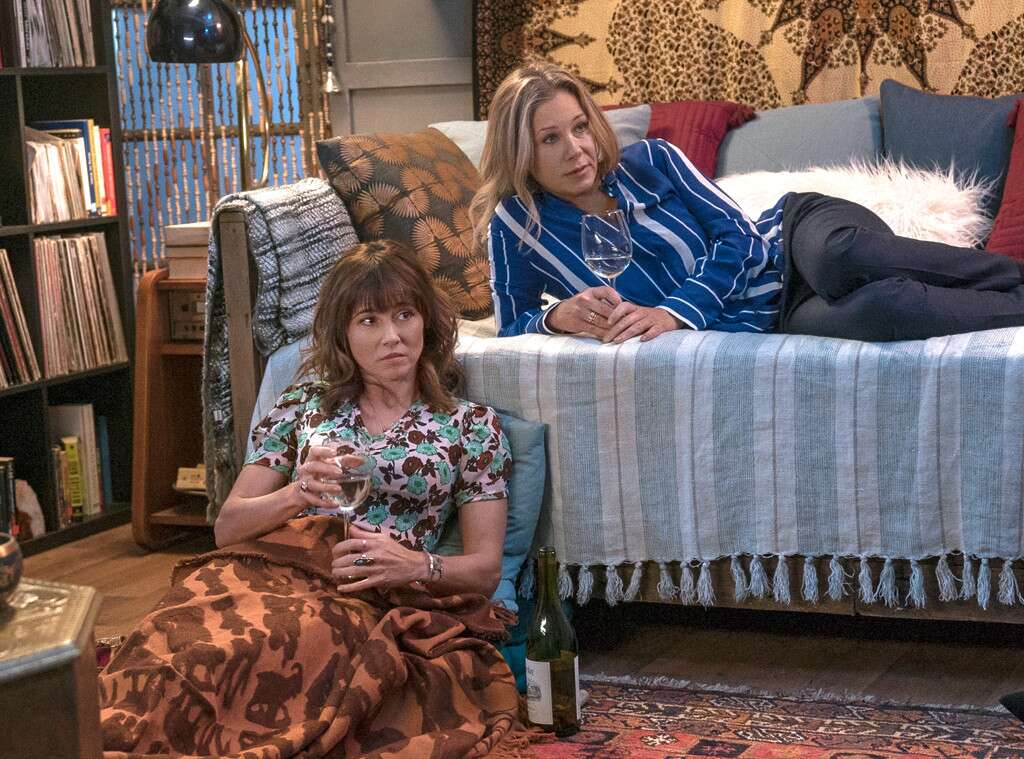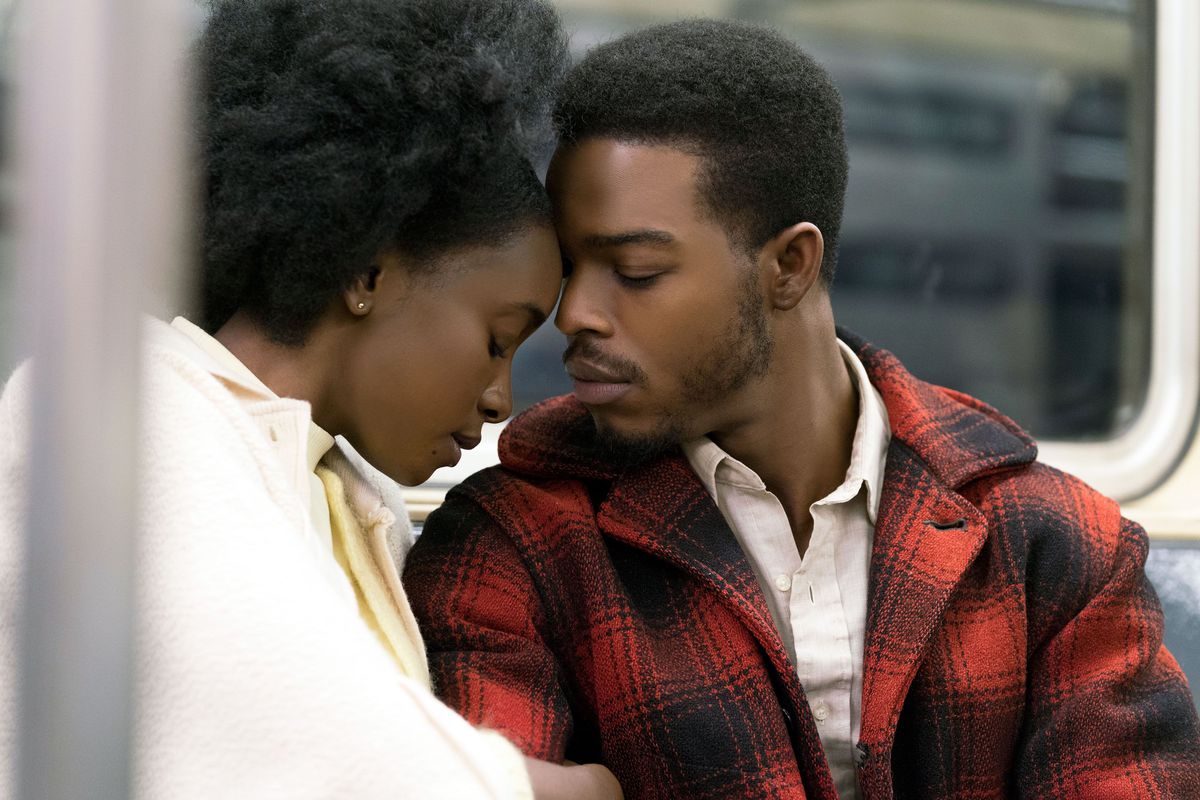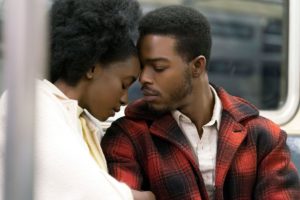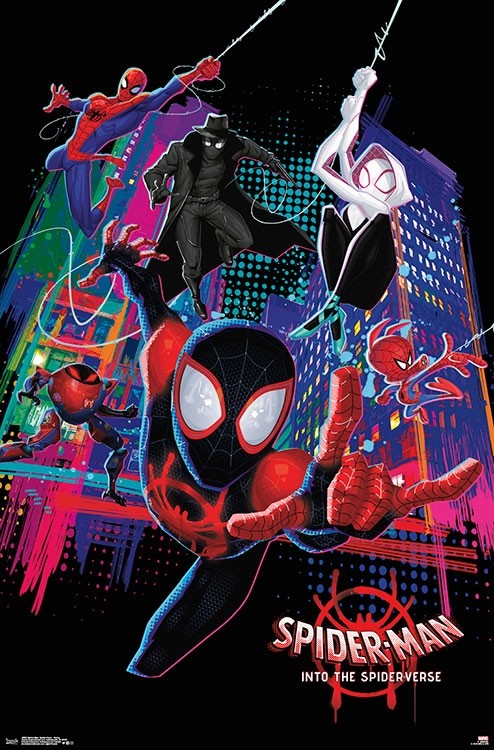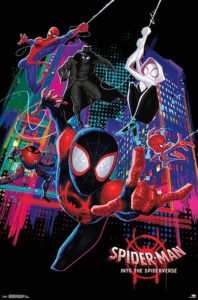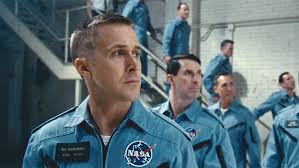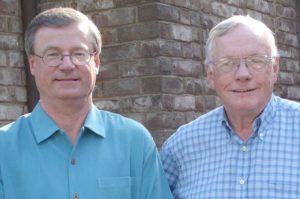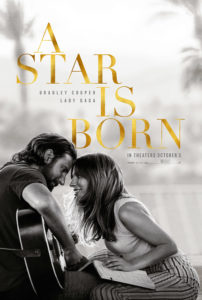Women In Film 2019: Making Progress
Posted on June 16, 2019 at 1:27 pm
Women are making some remarkable, unprecedented progress on and off screen in film. Some recent examples:
Women showrunners, executive producers and creators open up about changing the narrative for women behind the lens in Hollywood and how they’re putting the “she” in call sheet.
Two of the best streaming series on Netflix this year were stories about women, written and directed by women. And they were both mordantly dark stories about death: “Russian Doll” and “Dead to Me.” The women behind them, Leslye Headland and Liz Feldman, were interviewed by Variety.
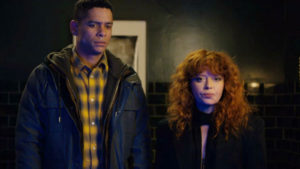
An excerpt:
Let’s talk more about the tone because both of your shows deal in death, but in a half-hour format where people are expecting to be able to laugh and breathe a bit more.
Feldman: The show, in its conversation about death, came from a very real and personal place for me. Maybe because I’m a comedy person, I can’t help but look at things that are incredibly dark and find the quirky, weird, funny details about them — or experiences you have through them. For me, the only parameter there was was that it had to be respectfully authentic. For example, there’s a grief counselor in the show and his matter-of-fact tone is based on a grief counselor that I had a conversation with when doing research for the show, who told me about this incredibly horrific thing that had happened in his family, but he said it like he was just taking his son to a baseball game. It was so dark that I was trying not to laugh, but I think that’s often how we deal with things that are uncomfortable: in that slightly sophomoric way of laughter. If it felt authentic and grounded in the experience the character was having, we could make a joke about it, but it could never be making fun of the person going through the thing — because this show is just as much for people going through things as it is a general audience.

Headland: Our death in the show is kind of a spiritual death. We talked about it as a character, basically. I guess what I thought was, in order for this premise to work, with that first car hit you have to really believe she’s dead. You don’t have to be scared out of your mind, but you have to know she didn’t imagine something. So we have to treat death extremely seriously there; it’s a little bit of the jump scare after she’s hit and going in close on her face and all of that stuff. And in Episode 2 is an opportunity to make death funny again. Now we need to kind of de-fang death for the series so every time she died it was less of a, “Oh no, she’s dying,” and more, “It’s part of my vocabulary now.” The real hard thing was to make death scary again, so by the time you came to the end of the story, you’d feel the stakes and that her dying would mean something — and that’s a big testament to the writers of Episodes 4, 5, 6 and 7 that they could move from something silly to her having internal deaths that can’t be explained.
Bazaar says that “The Best Movies of the Year Celebrate Female Nonconformists,” including “Late Night,” “The Farewell,” and “Selah and the Spades.”
There was a moment in the biggest movie of the year, “Avengers: Endgame” featuring the female characters that some audience members found exhilarating and affirming and others found pandering.
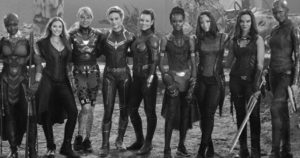
The fact that there were enough female superheroes to create that scene was at the least a sign of progress. Co-screenwriter Christopher Markus told Variety:
We’ve been on this for so long, it’s pretty hard to attribute any specific ideas to any one person at this point. We had such an embarrassment of riches in that whole sequence. How do you make it not just a blur of people all the time? So, we found ways to sort of separate off certain units so you could focus. And Marvel fans, increasingly, with every movie, gotten these great female characters. Some people can call it pandering but it’s also like we have tons of shots of all men. Why not have a shot of all women and they’re so cool? It just seemed like “Let’s celebrate it!”

My friend and fellow critic Roxana Hadadi wrote about this scene and other “feminism lip service” moments in the world of superheroes this year for Pajiba.
hese “Girl power!” moments are initially delightful but don’t hold up very well to scrutiny, not when we consider what else we know about these franchises. The Marvel Cinematic Universe took its sweet time giving us a female-focused story. The X-Men franchise has always been about McAvoy’s Charles and Michael Fassbender’s Erik/Magneto, and that’s fine because the actors are great as foils, but its female characters have always been shortchanged — so much so that even the Dark Phoenix storyline, one of the best from the comic books and the ’90s Saturday morning cartoon, lacks the necessary impact.
At the New York Times, Amanda Hess wites about women bosses on screen. It is telling that the current release “Late Night,” written by and co-starring Mindy Kaling, with Emma Thompson as a longtime talk show host with declining ratings who is often tyrannical in her dealings with the staff. It is, in its way, aspirational, as there are no women late night talk show hosts.

The culture is creeping with tales of seasoned female bosses torturing their young assistants and cynical mentors undermining their idealistic mentees. The women who opened doors are shown slamming them closed.
These are anxious projections. There are arguably more powerful women on screen than there are in real life. A woman has not commanded the desk of a major-network late night show since Joan Rivers got booted from Fox in 1987. Three women have become the president of the fake United States on “Veep” alone. The powerful women of fiction are born of both hope and fear, of how women will ultimately seize power and how they’ll wield it.
Mean girl female bosses have been frequent nemeses on screen, from the evil queen in “Snow White,” evil stepmother in “Cinderella” (who treats her stepdaughter more as a servant than a family member), evil fairy in “Sleeping Beauty,” evil octopus-creature in “The Little Mermaid,” and the woman selected by at least one source as the worst villain in the history of movies, Cruella de Vil in “101 Dalmatians,” who wants a coat made out of puppy fur. Then there’s Meryl Streep’s Miranda Priestly in “The Devil Wears Prada,” Regina Hall in “Little,” Melissa McCarthy in “The Boss,” and Olivia Pope in “Scandal,” Wilhelmina in “Ugly Betty” and the ruthless and unapologetically self-centered Selina Meyer in “Veep.” The others may be mean on behalf of high standards and professional achievements. Selina has no actual policy goals other than benefiting her own career to the detriment of those she feels threatened by or judged by.
Hess is perceptive about the dynamic between the older generation women who perhaps had to be ruthless to move forward and the younger women in the story who tend to be more of an afterthought, just a sketched-in figure to give the anti-heroine someone to play off of.
It is probably not a coincidence that the role of the powerful woman tends to be deliciously complex while that of the up-and-comer is comparatively thin. The bad boss, whether in business or politics, is jumping with social tensions. Executives and senators are curious avatars for feminism, after all: Feminism is a movement bent toward equality, while power necessarily accrues to a select few. Often, powerful women are upheld as agents of feminist change when all they have changed are their own circumstances. Efforts to insist that such power “trickles down” are not incredibly convincing; millions of women are left competing for droplets.
No one is expecting these films to achieve parity or solve problems. But it is unquestionably a step forward that they have brought us further in this discussion, with so many new examples to ponder.

